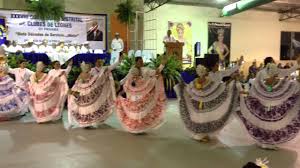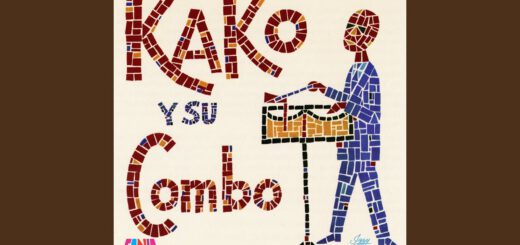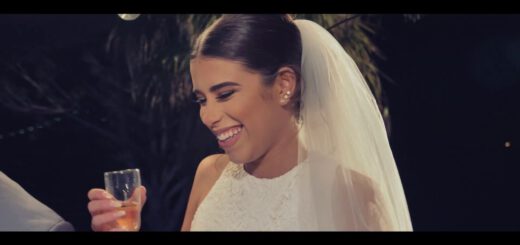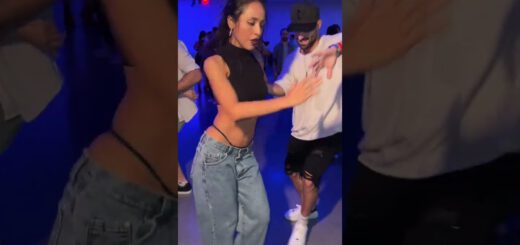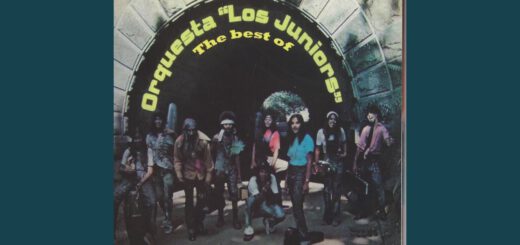Why Do Martial Artists Make Good Dancers?
Over the years, I’ve noticed that some students excel very quickly, while others take some time to ramp up. Initially assuming that it was just differences in ability, I thought little of it. But after befriending these students and learning about their history, a common theme emerged: Martial Arts. Almost all of the better dancers at one time or another had taken Martial Arts classes. Coming from a martial arts background myself, I see the similarities inherent in both Kung Fu and Salsa. So I have explored this a little further.
What is Dance? Dance is an art form that refers to the movement of the body in a rhythmic fashion to music. Dancing can be social, ritualistic, spiritual, and expressive in nature.
What are Martial Arts? Martial arts are art forms focusing on the movement of the body as well as conditioning to maximize ability and are often linked with spiritual and ritualistic devotion.
Dance has thousands of variations and subcategories within a specific dance form. Just examining Salsa reveals many styles such as: New York Style, LA Salsa, Puerto Rican Salsa, Cali Style, Cuban, Cumbia, Palladium, etc. The martial arts also have numerous subcategories within form. Focusing on Kung Fu, there are Tiger, Crane, Snake, Monkey, Praying Mantis, Panther, and many others. Furthermore both dance and martial arts are open styles. By that I mean, over the years styles adapt, change, and are modified by those most skilled in them. Many Kung Fu styles were lost over the years as masters passed away or techniques evolved and changed. Similarly in Salsa, changes from the adoption of new and refinement of old techniques have created newly evolved styles.
A Comparison
Both art styles have a presentational aspect. In dance it is called choreography. An instructor constructs a routine that is effectual in presenting a specific style by epitomizing moves. In martial arts, they are called forms. Often handed down from previous instructors over the course of centuries (Kung Fu has been around for 1500 years), forms are routines practiced by students to develop an understanding of the motions. They are also presented in performances, showcases, and tournaments.
Both art styles have a social aspect. In dance it is called social dancing. Often two people engage in a dance with a leader and a follower; executing moves that they have been practicing. However, it is not an agreed upon routine but rather a conversation. The leader offers the follower a move and if the follower accepts, it is executed. Leading and following requires spatial awareness, restraint, perfected execution, and most important a strong connection. In martial arts, it is called sparring. In a bout, the leader and follower changes frequently. More appropriately we can call it aggressor and defender. The aggressor leads the fight by bringing forward attacks that the defender must thwart. When the defender then finds a window of opportunity to present itself the defender takes advantage and now becomes the aggressor; the roles thusly reverse. All the while the combatants must focus on being spatial aware, having restraint, perfecting their execution, and making good strong contact. Martial Arts and Dance in this way observe a Yin Yang relationship. The Leader presents the change whilst the Follower pacifies it. The Follower defends by counteracting the Lead with a move to alleviate pressure change.
How We Learn to Dance and Fight
Martial arts and Dance focus on teaching a student visually, by presenting the move and working through it. Most often the moves are taught in a progressive-partial methodology, meaning the teacher starts with one motion, then moves to the next, and so on. The moves are then strung together to complete a full sequence. When teaching a student, the technique presented can have three possible variations in anatomy.
First, a continuous action is something that is repeated over and over. In salsa it would be the regular basic. In martial arts, it is often said to become a master, you must master your breathe. This is where your power comes from and must be continuous in nature.
Second, a sequential action involves one step, followed by another, followed by another, etc. In Salsa, this is best related to the movement of the hands when leading a move. Each move, for example Leading the Right Hand Turn, involves a certain number of steps to complete. In martial arts, any move requires a number of steps; a spinning back kick requires, a shifting of weight, a pivoting motion, a leg extension, then leg compression, returning to a stance, and redistribution of weight.
Third, a sporadic action involves a recurring event separated by an undetermined length of time. The Cross Body Lead would be a good example of a sporadic occurrence in that the action can happen again throughout the dance without a specific period or recurrence rate. In Martial Arts moves are executed at odd intervals to keep the opponent on guard.
The Pop Culture Connection
Do you know how break dancing evolved? Have you ever seen those old Kung Fu movies from the 70s and even earlier? Look at those moves; they are synonymous. Break dancers saw these incredible moves being performed artfully by Kung Fu practitioners and translated it to dance. The Windmill has a significantly different purpose in Kung Fu than it does in Break Dancing. Even today with shows like « Dancing With The Stars » and « So You Think You Can Dance? », many of the movements are not traditional to their styles but present some spice and flare to the dance. LA Style salsa is notorious for having high energy, acrobatic moves in their performances.
A More Intimate Connection
We’ve examined both dance and martial arts as being two separate things that have similarities. However, there are even more intimate relations between the two that show a fusing of art forms. Warrior nations such as the Zulus, often incorporated dances as a tool to strengthen the pride of their tribe. The dances were used as stories telling of the might of the warriors and the desolation brought upon their enemies. In Kung Fu, while the forms themselves could be consider a dance, the Lion Dance was used to entertain but also train the students. Often seen at festivals and celebrations, the Lion Dance required a well versed practitioner to perform artfully advanced techniques. In the New World, prior to the advent of B-Boys, there was Capoeira. Credited to the arrival of slaves in South America (namely Brazil), Capoeira is a dancing martial art. Slaves were not allowed to practice martial arts whatsoever, but they skillfully hid their training into a dance. Unique to Capoeira is the inclusion of musicians with their training, further demonstrating the connection between dance and martial practices.
Crossovers and Converts
Numerous martial artists have made the cross over into dancer or vice versa. The most famous of all martial artist/dancer, the penultimate figure of Kung Fu Sploitation era, Bruce Lee became the Cha Cha Champion of Hong Kong in 1958. Jeanne Claude Van Damme was not a trained fighter but actually studied ballet; which is a testament to his art because his kicks are very graceful yet menacing.
Dance and Martial Arts have a rich history with a very close connection. For Martial Artists, the movements of Salsa exist in a world that is very familiar; elbows, twists, spins, kicks, and throws (sometimes). For a Salsero, the power and potential harm inherent in the moves becomes clearer as their grasp becomes stronger. As we have shown, the fact is both embody similar characteristics, allowing for an ease of absorption on the part of the student. So if you are a dancer, take some martial arts classes. If you are a martial artist, take some dance classes.Study the similarities and cultivate your own style. But remember keep the fighting to the ring, and the dancing on the floor.


